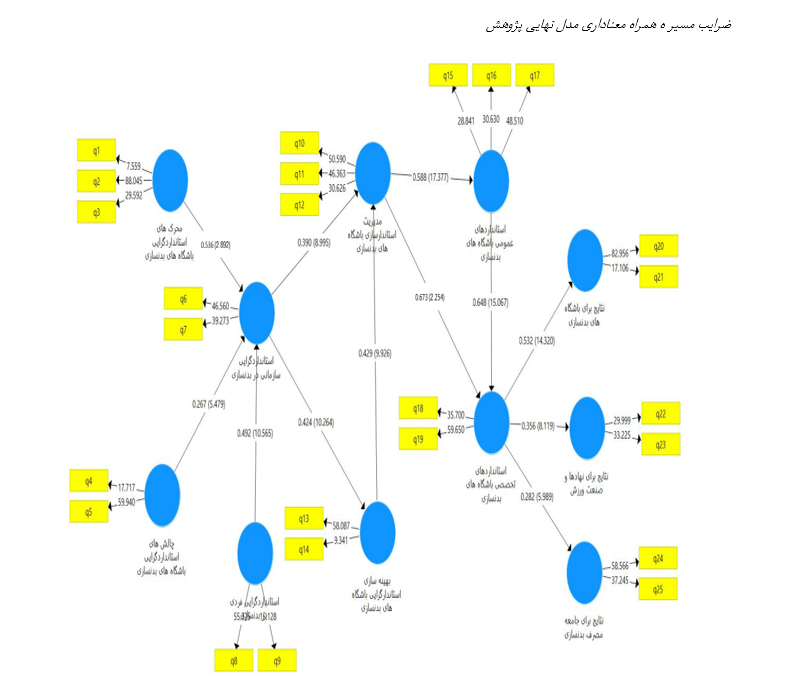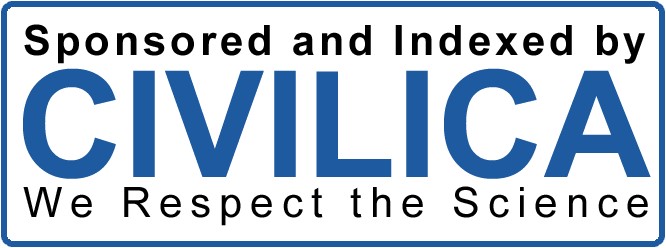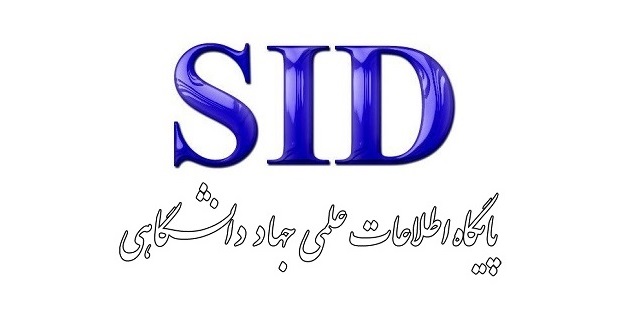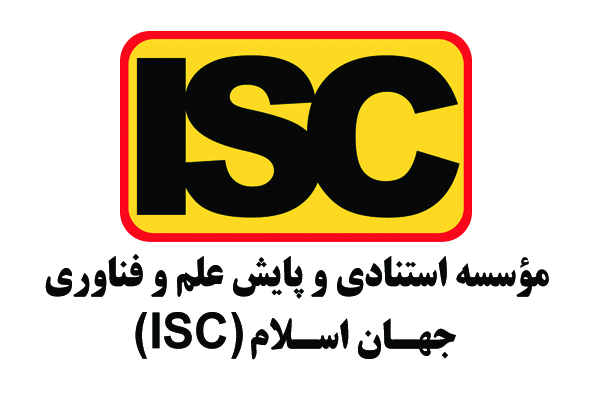Developing a Model of Managerial and Technical Standards for Bodybuilding Clubs
Keywords:
Bodybuilding clubs, technical standards, , service quality, customer satisfaction, standardizationAbstract
The objective of this study is to develop a comprehensive model of managerial and technical standards for bodybuilding clubs to enhance service quality, increase customer satisfaction, and improve overall club performance. This model aims to address the lack of standardized practices in the management and technical operations of bodybuilding clubs, which can lead to inconsistencies in service delivery and customer dissatisfaction. This study employed a mixed-methods approach, consisting of qualitative and quantitative phases. In the qualitative phase, data were collected through exploratory interviews and systematic literature reviews, resulting in the identification of key themes and components for the standards model. In the quantitative phase, a survey was distributed to managers and trainers of top-rated bodybuilding clubs in Mashhad, Iran. The data were analyzed using descriptive statistics, structural equation modeling (SEM), and the Smart PLS software to validate the proposed model. The findings revealed that standardization significantly enhances service quality and customer satisfaction in bodybuilding clubs. Key factors such as organizational and individual standardization, standard management, and optimization were identified as critical components. The results from the SEM analysis showed significant positive relationships between these factors, indicating that effective management and optimization of standards can lead to improved service quality and higher customer satisfaction. The study also highlighted the importance of technological integration and soft skills development in enhancing managerial and technical capabilities. The study concludes that the implementation of standardized managerial and technical practices in bodybuilding clubs is essential for improving service quality and customer satisfaction. The proposed model provides a comprehensive framework that can guide club managers in adopting standardized practices. Future research should expand the scope of this study to include a broader geographical area and incorporate longitudinal data to further validate the model.
Downloads
References
Abosag, I., & Lee, J.-W. (2013). The Formation of Trust and Commitment in Business Relationships in the Middle East:
Understanding Et-Moone Relationships. International Business Review, 22(3), 602-614.
https://doi.org/10.1016/j.ibusrev.2012.09.002
Alexandris, K., Douka, S., Papadopoulos, P., & Kaltsatou, A. (2008). Testing the Role of Service Quality on the
Development of Brand Associations and Brand Loyalty. Managing Service Quality, 18(3), 239-254.
https://doi.org/10.1108/09604520810871865
Alkraiji, A. I., Jackson, T. W., & Murray, I. (2011). Health Data Standards and Adoption Process. Campus-Wide
Information Systems, 28(5), 345-359. https://doi.org/10.1108/10650741111181616
Benar, N., Nejad, R. R., Surani, M., Rostami, H. G., & Yeganehfar, N. (2014). Designing a Managerial Skills Model for
Chief Executive Officers (CEOs) of Professional Sports Clubs in Isfahan Province. Sport Science Review, 23(1-2),
-77. https://doi.org/10.2478/ssr-2014-0004
Gonçalves, C., Meireles, P., & Carvalho, M. J. (2016). Consumer Behaviour in Fitness Club: Study of the Weekly
Frequency of Use, Expectations, Satisfaction and Retention. The Open Sports Sciences Journal, 9(1), 62-70.
https://doi.org/10.2174/1875399x01609010062
Gu, S. (2022). The Impact of Perceived Service Quality on Customer Loyalty Towards Chinese Fitness Centres: The
Moderating Role of Reputation/Image. Asian Journal of Economics Business and Accounting, 357-372.
https://doi.org/10.9734/ajeba/2022/v22i23880
Hosein, M., Jazayeri, M., & Amani, R. (2004). Nutritional Knowledge, Attitudes and Practices of Bodybuilding Trainers
in Ahwaz, Iran. Pakistan Journal of Nutrition, 3(4), 228-231. https://doi.org/10.3923/pjn.2004.228.231
Houtmeyers, K. C., Vanrenterghem, J., Jaspers, A., Ruf, L., Brink, M., & Helsen, W. (2021). Load Monitoring Practice
in European Elite Football and the Impact of Club Culture and Financial Resources. Frontiers in Sports and Active
Living, 3. https://doi.org/10.3389/fspor.2021.679824
Istratova, O. (2018). Using Interactive Technologies to Foster Engineering Professions Students’ Soft Skills.
https://doi.org/10.15405/epsbs.2018.12.02.25
Khadka, A. K. (2022). Factors Affecting Customer Satisfaction in Fitness Clubs: Study From Kathmandu Valley. NCC
Journal, 7(1), 27-32. https://doi.org/10.3126/nccj.v7i1.58616
Khalili, S., Khoshravesh, S., Barati, M., Hossein, M., & Faradmal, J. (2023). Androgenic-Anabolic Steroids Use Among
Bodybuilders in Western Iran: Application of Ridge Logistic Regression Model. BMC Sports Science Medicine and
Rehabilitation, 15(1). https://doi.org/10.1186/s13102-023-00616-4
Koenigsfeld, J. P., Kim, S. H., Cha, J., Perdue, J., & Cichy, R. F. (2012). Developing a Competency Model for Private
Club Managers. International Journal of Hospitality Management, 31(3), 633-641.
https://doi.org/10.1016/j.ijhm.2011.08.007
Ng, K. S. P. (2024). How Customer Knowledge Management Helps Retain Fitness Club Members: A Mediating Effect
of Relationship Quality. International Journal of Sports Marketing and Sponsorship, 25(2), 360-381.
https://doi.org/10.1108/ijsms-07-2023-0136
Özgen, C., Köse, H., & Reyhan, S. (2021). Escape to Sociality! Evaluation of the Relationship Between Fitness Club
Members’ Escape, Sociability, Friendship and Place Loyalty Structures With Their Loyalty Levels. PJMHS, 15(8),
-2400. https://doi.org/10.53350/pjmhs211582396
Saeidinejat, S., Hooshmand, E., Zahra, H., & Najar, A. V. (2017). Evaluating the Pattern of Anabolic Androgenic Steroid
Use and Its Relation With Mental Health of Male Members of Bodybuilding Clubs of Iran, in 2015. Asian journal
of sports medicine, 9(1). https://doi.org/10.5812/asjsm.60164
Salamat, N., Farahani, A., & Salamat, F. (2013). Customer Satisfaction in Private and Public Fitness Clubs in North of
Iran. African journal of business management, 7(18), 1826-1832. https://doi.org/10.5897/ajbm11.2241
Tanasiichuk, I., Karaman, О. М., & Natrus, L. V. (2023). Key Success Factors for the Implementation of Quality
Management Systems in Developing Countries. African Journal of Laboratory Medicine, 12(1).
https://doi.org/10.4102/ajlm.v12i1.2058
Zhao, Y.-S. (2017). Study on the Present Situation of Fitness and Aerobics Instructors in Xinjiang Fitness Clubs. Destech
Transactions on Social Science Education and Human Science(mess).

Downloads
Published
Submitted
Revised
Accepted
Issue
Section
License
Copyright (c) 2025 Journal of Technology in Entrepreneurship and Strategic Management (JTESM)

This work is licensed under a Creative Commons Attribution-NonCommercial 4.0 International License.










